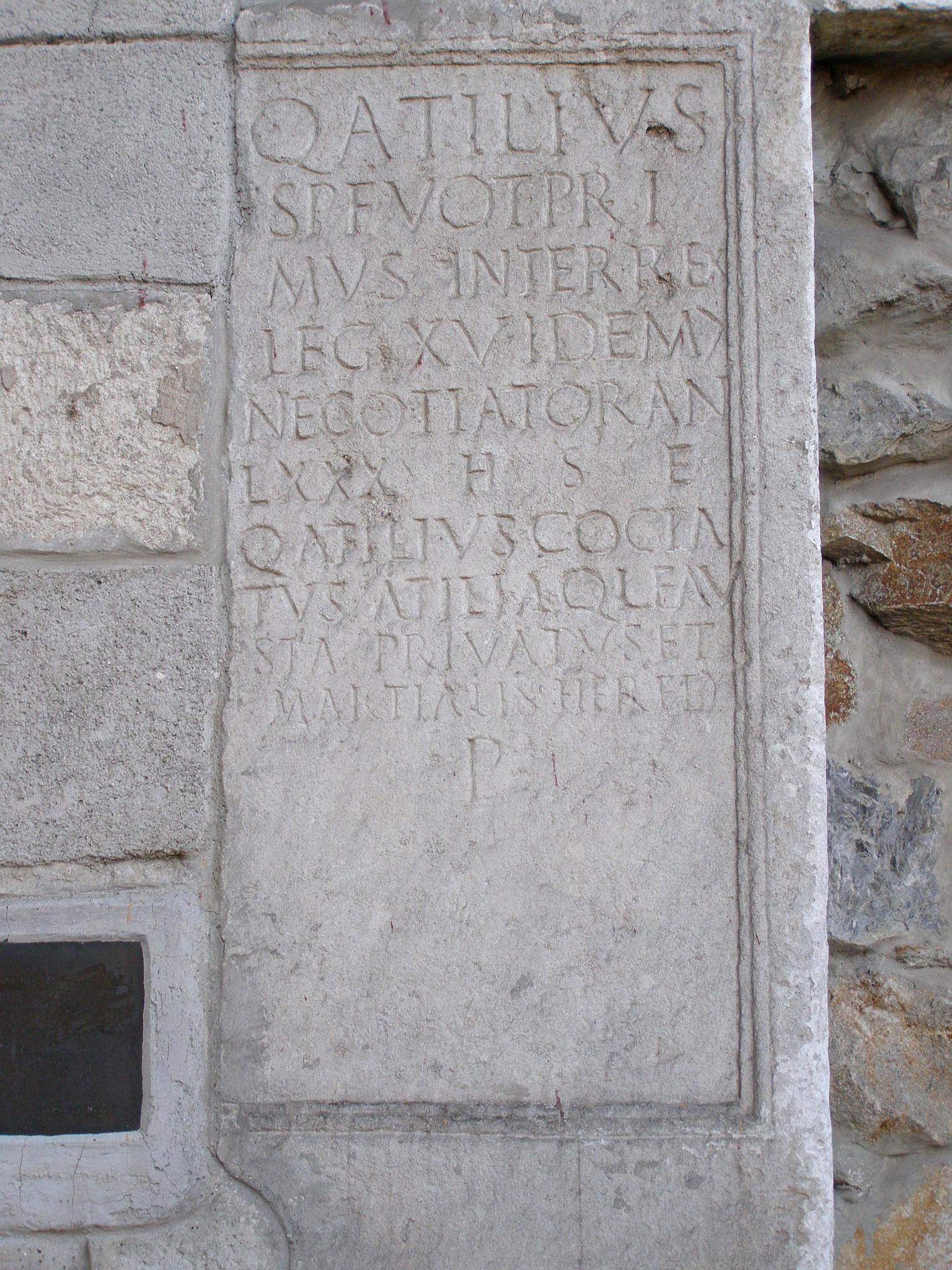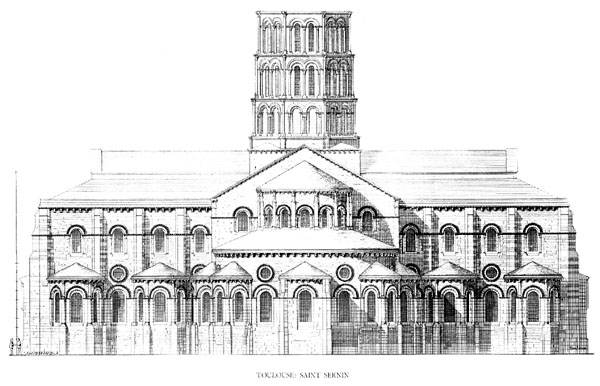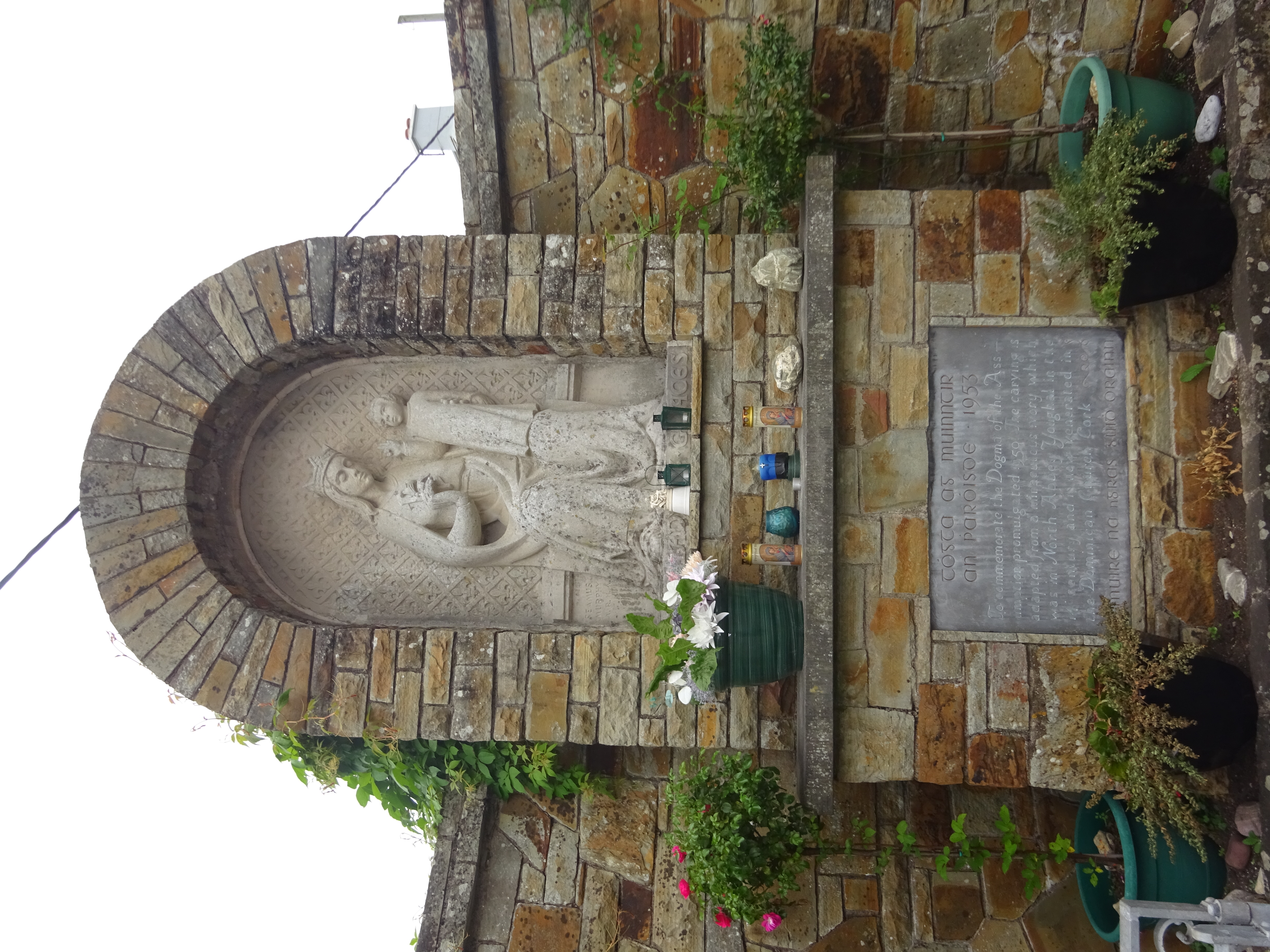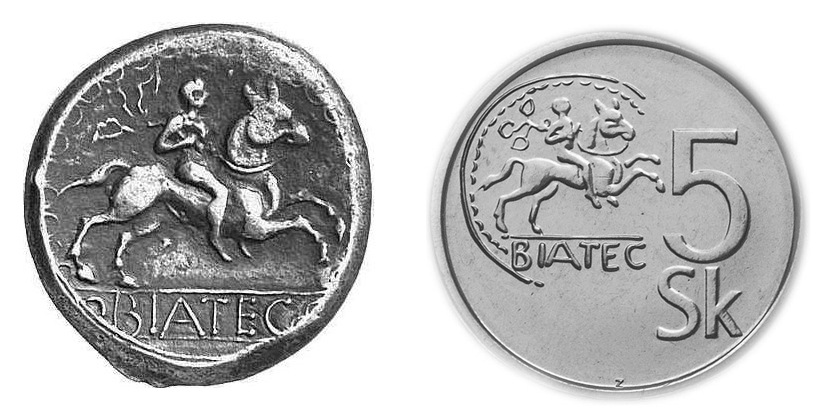|
Boldog, Slovakia
Boldog or Pozsonyboldogfa (in sk, Boldog, in hu, Pozsonyboldogfa) is a village and municipality in western Slovakia in Senec District in the Bratislava Region. Geography The municipality lies at an altitude of 124 metres and covers an area of 4.496 km2. It has a population of about 433. History In the 9th century, the territory of Boldog was part of possibly of Greater Moravia and from 1000 part of the Kingdom of Hungary. In historical records the village was first mentioned in 1245. After the Austro-Hungarian army disintegrated in November 1918, Czechoslovak troops occupied the area and by the Treaty of Trianon, the village became part of Czechoslovakia. Between 1938 and 1945 Boldog became part Hungary again through the First Vienna Award. From 1945 until the Velvet Divorce, it was part of Czechoslovakia. Since then it has been part of Slovakia. Roman Inscription In 1978, during restoration work in the church, a remarkable gravestone for a Roman Centurion of Legio XV ... [...More Info...] [...Related Items...] OR: [Wikipedia] [Google] [Baidu] |
Bratislava Region
The Bratislava Region ( sk, Bratislavský kraj, , german: Pressburger/Bratislavaer Landschaftsverband (until 1919), hu, Pozsonyi kerület) is one of the administrative regions of Slovakia. Its capital is Bratislava. The region was first established in 1923 and its present borders exist from 1996. It is the smallest of the eight regions of Slovakia as well as the most urbanized, most developed and most productive by GDP per capita. Geography The region is located in the south-western part of Slovakia and has an area of 2,053 km2 and a population of 622,706 (2009). The region is split by the Little Carpathians which start in Bratislava and continue north-eastwards; these mountains separate two lowlands, the Záhorie lowland in the west and the fertile Danubian Lowland in the east, which grows mainly wheat and maize. Major rivers in the region are the Morava River, the Danube and the Little Danube; the last of these, together with the Danube, encircle the Žitný ostrov ... [...More Info...] [...Related Items...] OR: [Wikipedia] [Google] [Baidu] |
Legio XV Apollinaris
Legio XV Apollinaris ("Apollo's Fifteenth Legion") was a legion of the Imperial Roman army. It was recruited by Octavian in 41/40 BC. The emblem of this legion was probably a picture of Apollo, or of one of his holy animals. XV ''Apollinaris'' is sometimes confused with two other legions with the same number: An earlier unit which was commanded by Julius Caesar and met its end in North Africa in 49 BC, and a later unit that was present at the Battle of Philippi on the side of the Second Triumvirate and then sent east. History Octavianus (later Emperor Augustus) raised XV ''Apollinaris'' in order to end the occupation of Sicily by Sextus Pompeius, who was threatening Rome's grain supply. After the Battle of Actium, where the legion probably gained its epitaph ''Apollinaris'', it was sent to garrison Illyricum, where it probably remained until 6 BC, though it might have seen action in the Cantabrian Wars. In 6 AD, ''Apollinaris'' was part of the huge campaign by Tiberius ag ... [...More Info...] [...Related Items...] OR: [Wikipedia] [Google] [Baidu] |
Poor Clares
The Poor Clares, officially the Order of Saint Clare ( la, Ordo sanctae Clarae) – originally referred to as the Order of Poor Ladies, and later the Clarisses, the Minoresses, the Franciscan Clarist Order, and the Second Order of Saint Francis – are members of a contemplative Order of nuns in the Catholic Church. The Poor Clares were the second Franciscan branch of the order to be established. Founded by Clare of Assisi and Francis of Assisi on Palm Sunday in the year 1212, they were organized after the Order of Friars Minor (the ''first Order''), and before the Third Order of Saint Francis for the laity. As of 2011, there were over 20,000 Poor Clare nuns in over 75 countries throughout the world. They follow several different observances and are organized into federations. The Poor Clares follow the ''Rule of St. Clare'', which was approved by Pope Innocent IV on the day before Clare's death in 1253. The main branch of the Order (O.S.C.) follows the observance of Pope ... [...More Info...] [...Related Items...] OR: [Wikipedia] [Google] [Baidu] |
Tympanum (architecture)
A tympanum (plural, tympana; from Greek and Latin words meaning "drum") is the semi-circular or triangular decorative wall surface over an entrance, door or window, which is bounded by a lintel and an arch. It often contains pedimental sculpture or other imagery or ornaments. Many architectural styles include this element. Alternatively, the tympanum may hold an inscription, or in modern times, a clock face. History In ancient Greek, Roman and Christian architecture, tympana of religious buildings often contain pedimental sculpture or mosaics with religious imagery. A tympanum over a doorway is very often the most important, or only, location for monumental sculpture on the outside of a building. In classical architecture, and in classicising styles from the Renaissance onwards, major examples are usually triangular; in Romanesque architecture, tympana more often has a semi-circular shape, or that of a thinner slice from the top of a circle, and in Gothic architecture they ... [...More Info...] [...Related Items...] OR: [Wikipedia] [Google] [Baidu] |
Dražovce Church
Dražovský kostolík (officially the Church of St. Michael the Archangel) is one of the oldest churches in Slovakia, dating from the 11th century, located at Dražovce (now part of Nitra). It is a typical early Romanesque architecture single-nave building with thick enclosure walls and small roundish apse. It is no longer used. Research from 1947 and 1948 discovered 55 graves around the church. Dražovce church is depicted on the Slovak postage stamp of the highest face-value and was also formerly depicted on the Slovak 50 SKK note before the changeover to € The euro sign () is the currency sign used for the euro, the official currency of the eurozone and unilaterally adopted by Kosovo and Montenegro. The design was presented to the public by the European Commission on 12 December 1996. It consists o ... currency. External linksapsida.sk, ''Dražovce – sv. Michala archanjela''*Information and photo of the church aNitra information website *3D model of the church aYouTu ... [...More Info...] [...Related Items...] OR: [Wikipedia] [Google] [Baidu] |
Romanesque Architecture
Romanesque architecture is an architectural style of medieval Europe characterized by semi-circular arches. There is no consensus for the beginning date of the Romanesque style, with proposals ranging from the 6th to the 11th century, this later date being the most commonly held. In the 12th century it developed into the Gothic style, marked by pointed arches. Examples of Romanesque architecture can be found across the continent, making it the first pan-European architectural style since Imperial Roman architecture. The Romanesque style in England and Sicily is traditionally referred to as Norman architecture. Combining features of ancient Roman and Byzantine buildings and other local traditions, Romanesque architecture is known by its massive quality, thick walls, round arches, sturdy pillars, barrel vaults, large towers and decorative arcading. Each building has clearly defined forms, frequently of very regular, symmetrical plan; the overall appearance is one of simpli ... [...More Info...] [...Related Items...] OR: [Wikipedia] [Google] [Baidu] |
Assumption Of The Blessed Virgin Mary
The Assumption of Mary is one of the four Marian dogmas of the Catholic Church. Pope Pius XII defined it in 1950 in his apostolic constitution '' Munificentissimus Deus'' as follows: We proclaim and define it to be a dogma revealed by God that the immaculate Mother of God, Mary ever virgin, when the course of her earthly life was finished, was taken up body and soul into the glory of heaven. The declaration was built upon the 1854 dogma of the Immaculate Conception of Mary, which declared that Mary was conceived free from original sin, and both have their foundation in the concept of Mary as the Mother of God. It leaves open the question of whether Mary died or whether she was raised to eternal life without bodily death. The equivalent belief (but not held as dogma) in the Eastern Orthodox Church is the Dormition of the Mother of God or the "Falling Asleep of the Mother of God". The word 'assumption' derives from the Latin word ''assūmptiō'' meaning "taking up". ... [...More Info...] [...Related Items...] OR: [Wikipedia] [Google] [Baidu] |
Boldog Kostol 01
Boldog may refer to: Places * Boldog, Hungary, Hungarian municipality * Boldog, Slovakia, Slovakian village * Delüün Boldog Dulüün-Boldog, or Delun-Boldog, is a tourist attraction located in Dadal, Khentii, in Onon-Balj National Park, Mongolia. It is one of several locations that is considered to be the birthplace of Genghis Khan ''Chinggis Khaan'' ͡ʃʰi ..., birthplace of Genghis Khan People * István Boldog, Hungarian politician Other uses {{disambiguation ... [...More Info...] [...Related Items...] OR: [Wikipedia] [Google] [Baidu] |
Roman Empire
The Roman Empire ( la, Imperium Romanum ; grc-gre, Βασιλεία τῶν Ῥωμαίων, Basileía tôn Rhōmaíōn) was the post- Republican period of ancient Rome. As a polity, it included large territorial holdings around the Mediterranean Sea in Europe, North Africa, and Western Asia, and was ruled by emperors. From the accession of Caesar Augustus as the first Roman emperor to the military anarchy of the 3rd century, it was a Principate with Italia as the metropole of its provinces and the city of Rome as its sole capital. The Empire was later ruled by multiple emperors who shared control over the Western Roman Empire and the Eastern Roman Empire. The city of Rome remained the nominal capital of both parts until AD 476 when the imperial insignia were sent to Constantinople following the capture of the Western capital of Ravenna by the Germanic barbarians. The adoption of Christianity as the state church of the Roman Empire in AD 380 and the fall of th ... [...More Info...] [...Related Items...] OR: [Wikipedia] [Google] [Baidu] |
Trnava
Trnava (, german: Tyrnau; hu, Nagyszombat, also known by other alternative names) is a city in western Slovakia, to the northeast of Bratislava, on the Trnávka river. It is the capital of a ''kraj'' (Trnava Region) and of an ''okres'' (Trnava District). It is the seat of a Roman Catholic archbishopric (1541–1820 and then again since 1977). The city has a historic center. Because of the many churches within its city walls, Trnava has often been called "Little Rome" ( sk, Malý Rím, la, parva Roma), or more recently, the "Slovak Rome". Names and etymology The name of the city is derived from the name of the creek Trnava. It comes from the Old Slavic/Slovak word ''tŕň'' ("thornbush")Martin Štefánik – Ján Lukačka et al. 2010, Lexikón stredovekých miest na Slovensku, Historický ústav SAV, Bratislava, 2010, p. 523, . http://forumhistoriae.sk/-/lexikon-stredovekych-miest-na-slovensku which characterized the river banks in the region. Many towns in Central Europe h ... [...More Info...] [...Related Items...] OR: [Wikipedia] [Google] [Baidu] |
Bratislava
Bratislava (, also ; ; german: Preßburg/Pressburg ; hu, Pozsony) is the capital and largest city of Slovakia. Officially, the population of the city is about 475,000; however, it is estimated to be more than 660,000 — approximately 140% of the official figures. Bratislava is in southwestern Slovakia at the foot of the Little Carpathians, occupying both banks of the River Danube and the left bank of the River Morava. Bordering Austria and Hungary, it is the only national capital that borders two sovereign states. The city's history has been influenced by people of many nations and religions, including Austrians, Bulgarians, Croats, Czechs, Germans, Hungarians, Jews, Romani, Serbs and Slovaks. It was the coronation site and legislative center and capital of the Kingdom of Hungary from 1536 to 1783; eleven Hungarian kings and eight queens were crowned in St Martin's Cathedral. Most Hungarian parliament assemblies were held here from the 17th century until the Hunga ... [...More Info...] [...Related Items...] OR: [Wikipedia] [Google] [Baidu] |
Danube
The Danube ( ; ) is a river that was once a long-standing frontier of the Roman Empire and today connects 10 European countries, running through their territories or being a border. Originating in Germany, the Danube flows southeast for , passing through or bordering Austria, Slovakia, Hungary, Croatia, Serbia, Romania, Bulgaria, Moldova, and Ukraine before draining into the Black Sea. Its drainage basin extends into nine more countries. The largest cities on the river are Vienna, Budapest, Belgrade and Bratislava, all of which are the capitals of their respective countries; the Danube passes through four capital cities, more than any other river in the world. Five more capital cities lie in the Danube's basin: Bucharest, Sofia, Zagreb, Ljubljana and Sarajevo. The fourth-largest city in its basin is Munich, the capital of Bavaria, standing on the Isar River. The Danube is the second-longest river in Europe, after the Volga in Russia. It flows through much of C ... [...More Info...] [...Related Items...] OR: [Wikipedia] [Google] [Baidu] |









